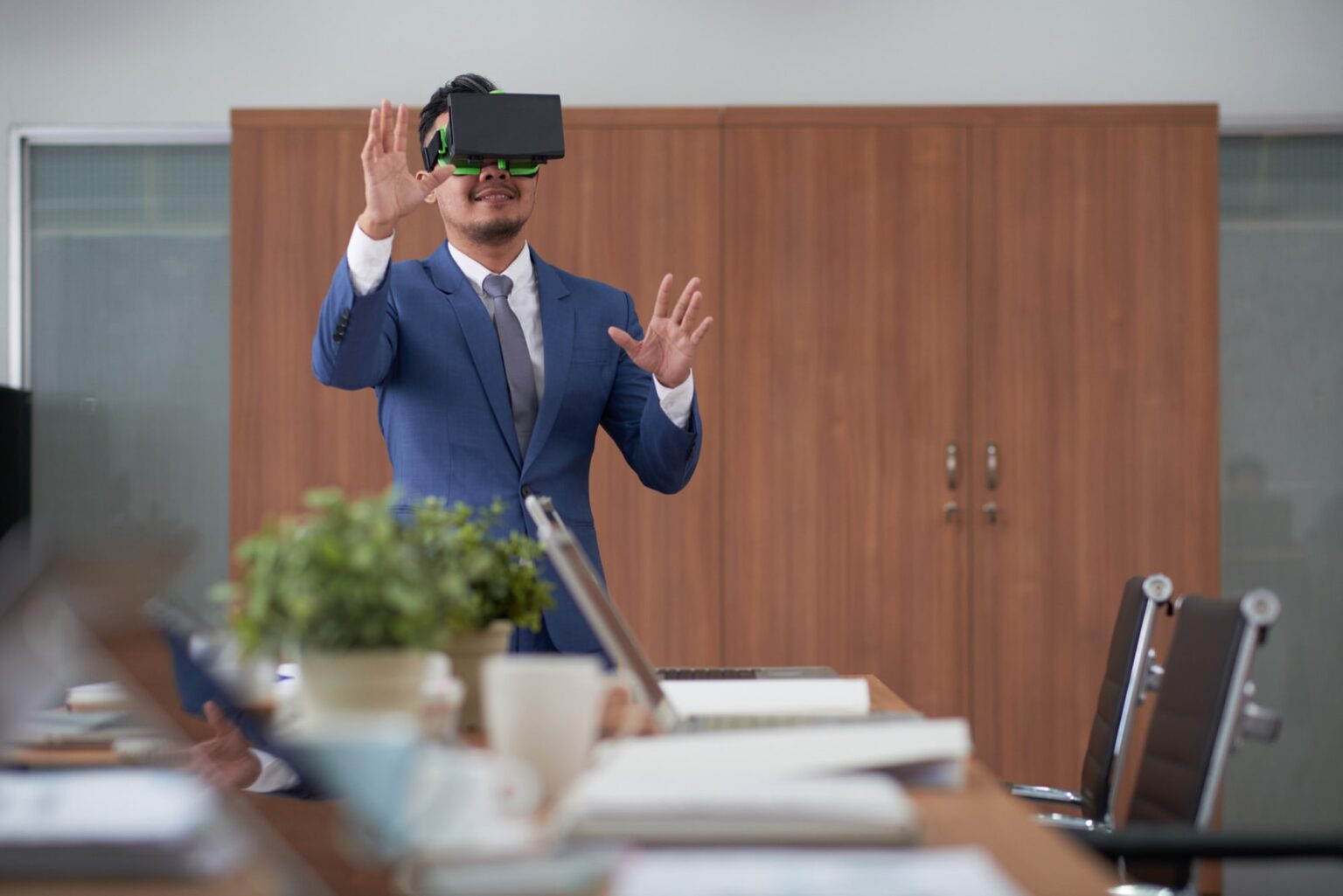Virtual Reality (VR) is being increasingly explored and implemented in courtrooms to enhance visual presentations and improve the understanding of evidence by juries. Here’s how VR is enhancing courtrooms:
- Immersive Visualizations: Virtual Reality allows lawyers and jurors to experience crime scenes, accident reconstructions, or other relevant environments in an immersive and realistic way. By creating virtual replicas of physical spaces, VR can help recreate complex scenarios, making it easier for jurors to understand the context and visualize events more accurately than traditional 2D presentations or verbal descriptions.
- Enhanced Evidence Presentation: VR enables the presentation of evidence in a more engaging and interactive manner. Instead of relying solely on photographs, diagrams, or testimonies, VR can present evidence as 3D models, simulations, or reconstructions. This can include recreating accidents, demonstrating product defects, or showing crime scene reconstructions. By providing a more detailed and interactive representation, VR helps jurors grasp complex concepts and evidence more effectively.
- Empathy and Witness Testimonies: Virtual Reality can be used to create simulations that allow jurors to experience events from the perspective of witnesses or victims. By immersing jurors in these simulations, they can develop a deeper understanding and empathy for the individuals involved. This can help humanize the case and influence jury decision-making by connecting them emotionally to the facts of the case.
- Visualizing Expert Testimony: In cases involving complex scientific or technical concepts, VR can assist in visualizing expert testimonies. By creating visual representations or interactive models, experts can explain complex ideas more effectively, helping jurors grasp the technical aspects of the case. VR can enhance the presentation of data, simulations, or visualizations that aid in conveying complex information clearly and concisely.
- Reconstruction of Events: Virtual Reality can reconstruct events that have occurred in the past, such as accidents or crime scenes. By combining available evidence and data, VR can recreate the sequence of events in a more interactive and comprehensive manner. This can assist jurors in understanding the sequence of events and evaluating the credibility of different testimonies or accounts.
- Remote Witness Testimonies: VR technology can facilitate remote witness testimonies, allowing witnesses to provide their accounts without physically being present in the courtroom. This can be particularly useful for cases involving witnesses who are unable to attend in person due to distance, safety concerns, or other limitations. VR technology can create a virtual courtroom experience, allowing witnesses to provide testimony while preserving the integrity of the legal proceedings.
It’s important to note that the adoption of VR in courtrooms requires careful consideration of factors such as reliability, admissibility of evidence, potential biases, and ensuring fair access for all parties involved. Additionally, legal and ethical frameworks need to evolve to address the challenges and implications of using VR technology in courtrooms.
Overall, the use of Virtual Reality in courtrooms has the potential to enhance visual presentations, improve jury understanding, and facilitate a more engaging and immersive legal process.



